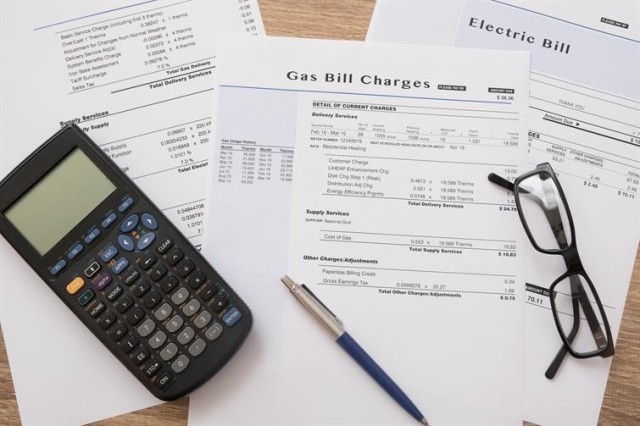Picture this: You’ve been searching for the perfect place to live, touring apartments all over town, narrowing down your list to one favorite, and building a budget for your new place, but when you finally receive the lease, the monthly payment is $100 more than what you expected. What?!
Hidden fees have been a point of frustration for renters since the dawn of time. It’s hard to stay within your apartment budget when you don’t know exactly how much you’ll be paying each month, and that extra $100 is not the kind of surprise you want to see.
But the industry is changing. In July 2023, the White House released a statement against hidden rental fees. Over the past two years, several states have passed legislation to crack down on excessive rental fees, according to the National Low Income Housing Coalition. This push toward transparent pricing is making it easier for renters to budget by taking the guessing out of the rental game.
Table of Contents
- What Are Hidden Fees?
- What Is Transparent Pricing?
- What to Know About Price Transparency Laws
- Price Transparency on Apartments.com
- FAQs
What Are Hidden Fees?

Hidden fees are unexpected extra charges tacked onto the advertised price. You typically only find out about these fees after investing time in a tour or an application, making them incredibly frustrating.
What Is Transparent Pricing?
Property managers may charge fees for utilities, amenities, and internet, and these costs are typically not included in the monthly rent price you see on a listing even if they’re required. Transparent pricing, also called all-in pricing, means that a rental listing advertises the total cost of the rental, including monthly rent and nonoptional fees.
According to Apartments.com data, renters pay 2-6% more each month in fees. With the average rent at $1,638/month, renters pay anywhere from $32 to $98 more each month in required fees, not including add-ons like pet fees or reserved parking.
While these numbers might not seem like that big of a deal, they add up quickly. The average of total monthly fees is $65, which adds an extra $780 over a 12-month period. These fees being hidden can make it difficult to find a rental actually within your budget.
How all-in pricing benefits renters
When landlords disclose nonoptional fees in a rental listing, it makes it easier for renters like you to make decisions. Save time by determining whether you can afford the total cost before taking the time to go on a tour and evaluate multiple properties while considering the total price of each.
Fee transparency makes the advertised cost appear higher, but it eliminates the ugly surprise of hidden fees.
What to Know About Price Transparency Laws
With all-in pricing being such a hot topic, the conversation is constantly changing. Apartments.com is staying ahead of the curve with new features that comply with state laws and improve your apartment search.
States that have passed price transparency laws
So far, four states have passed laws requiring landlords to advertise the total cost of their rental in a listing:
- Massachusetts (effective Sept. 2, 2025)
- Connecticut (effective Oct. 1, 2025)
- Nevada (effective Oct. 1, 2025)
- Colorado (effective Jan. 1, 2026)
Georgia and Illinois have also introduced similar legislation, but nothing has passed yet. Check the National Low Income Housing Coalition to stay up to date on regulations in your area.
Price Transparency on Apartments.com
To be compliant with state laws, Apartments.com is introducing new all-in pricing structures for Massachusetts, Connecticut, Minnesota, Nevada, and Colorado.
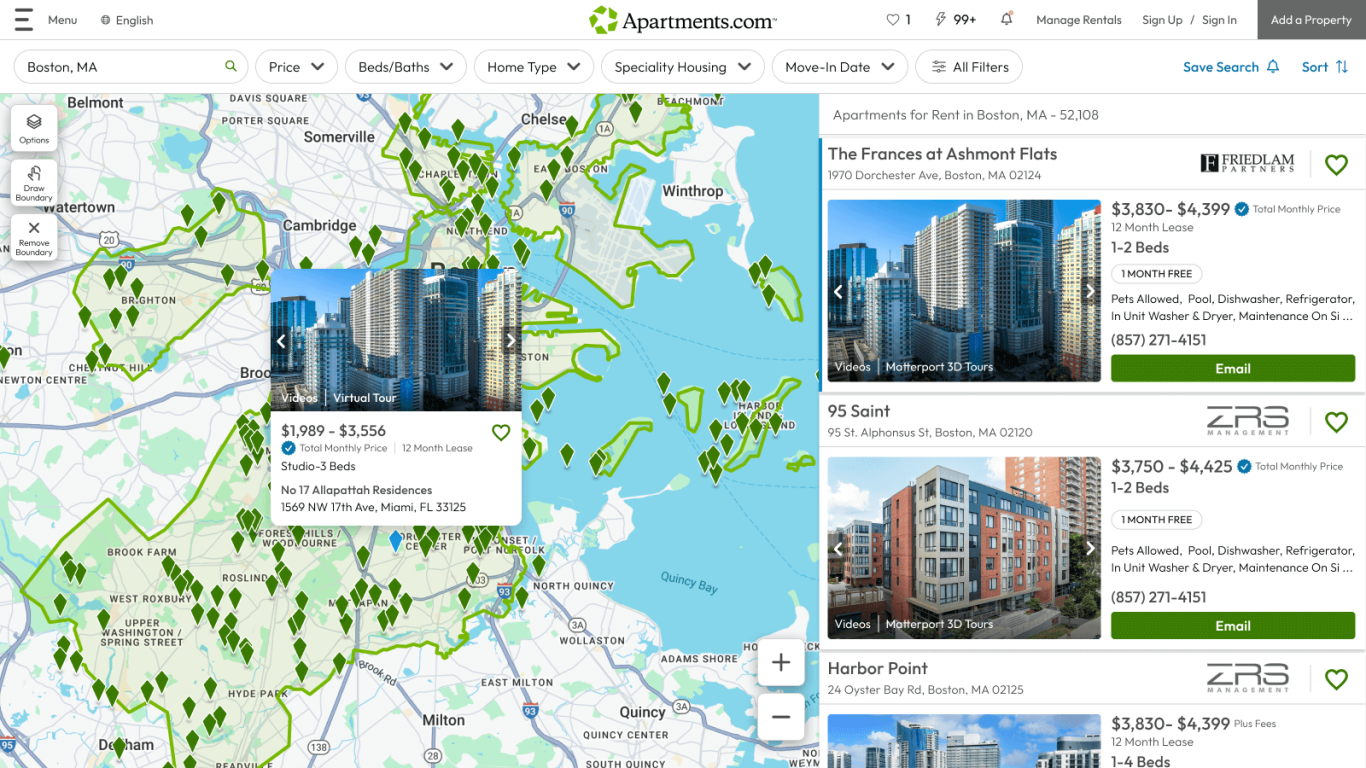
When you search for an apartment in these states, the prices you see on listings with a “Total Monthly Price” badge are the prices you’ll pay. It may seem like the rent has increased drastically, but that’s only because fees are included in the advertised price, saving you the mental gymnastics of estimating what you’ll actually pay each month.
This new price transparency structure will launch in these four states before their respective legislation goes into effect. Apartments.com will roll out this new structure for Massachusetts on Aug. 20, and it will launch in Connecticut, Minnesota, and Nevada in mid-September.
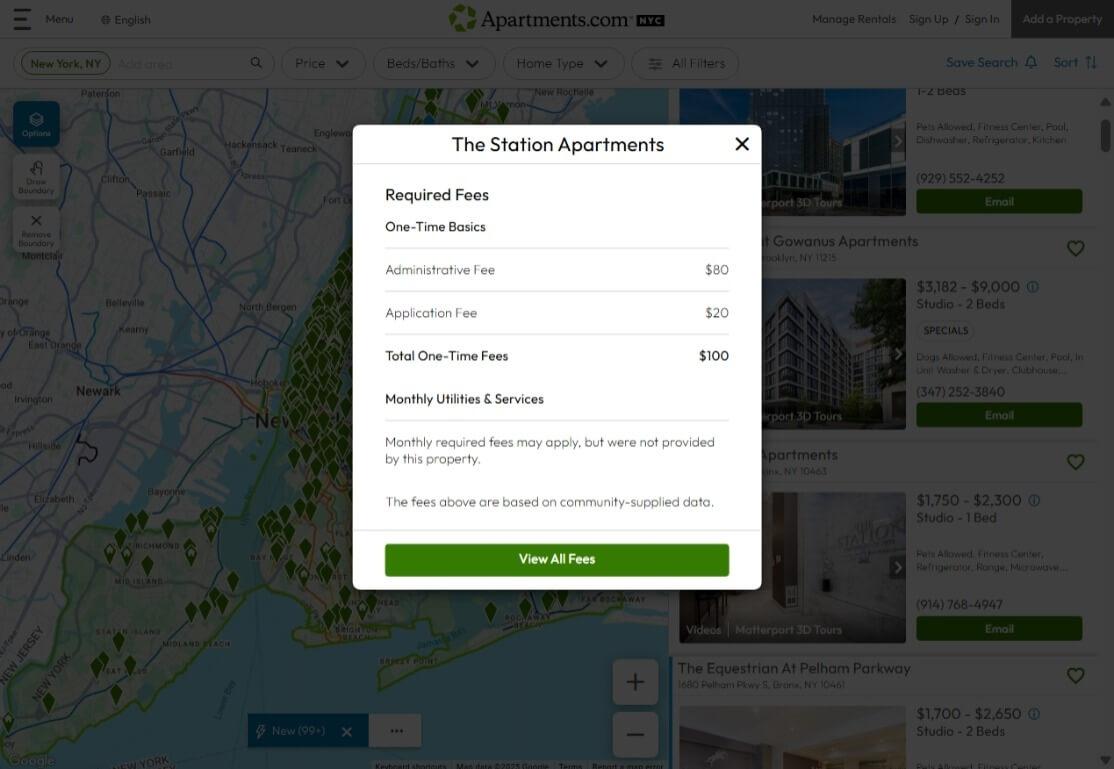
In states that don’t legally require rental listings to show the total cost of monthly rent and fees, Apartments.com users can view required fees by clicking on the blue information icon next to the price in a property’s placard. If a property has provided information around nonoptional one-time and monthly fees, you’ll be able to see the total cost you’ll pay in addition to monthly rent.
Shop by unit
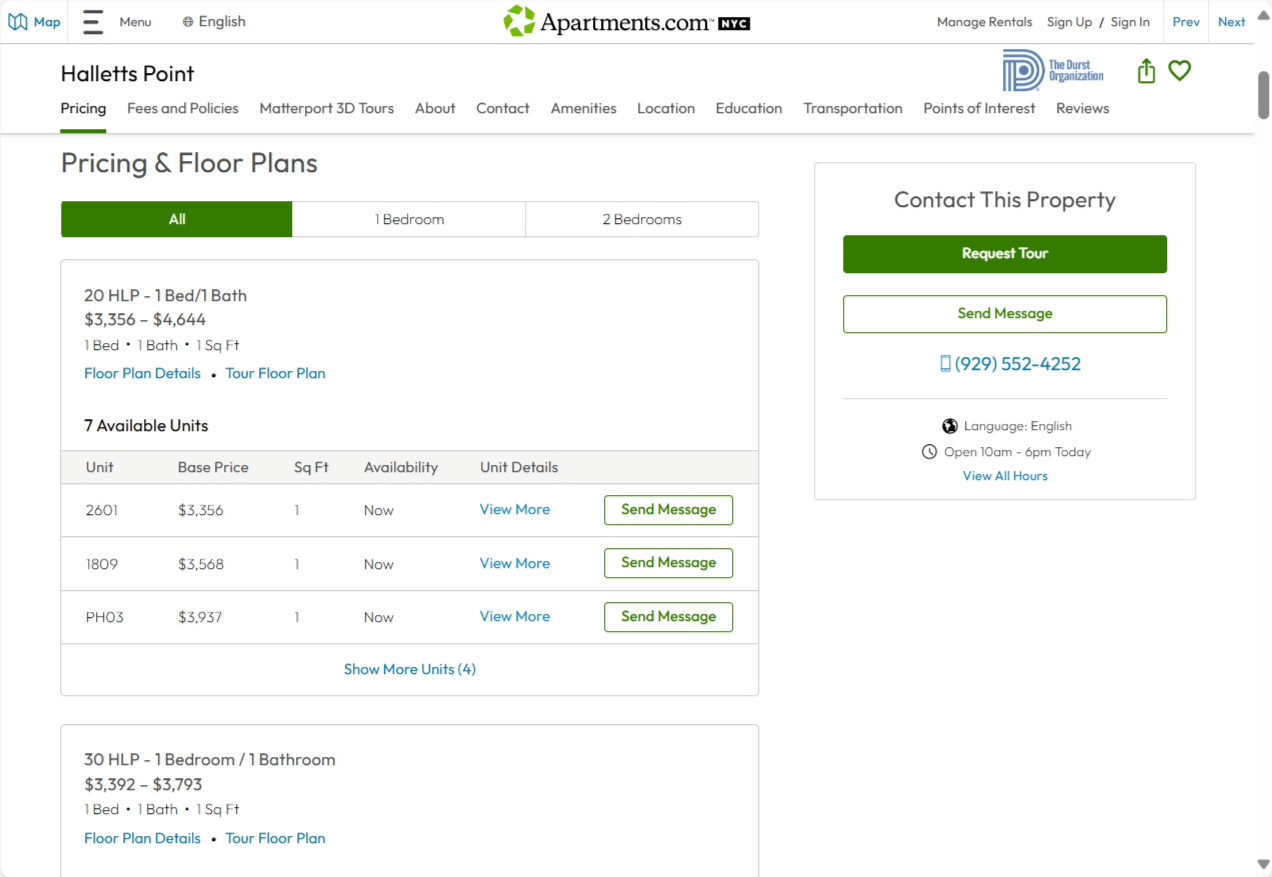
This all-in pricing feature pairs perfectly with our unit-level shopping experience to give you a clear idea of what you'll pay each month. Rent prices aren't one-size-fits-all; rent prices fluctuate by floor plan, location in the community, and the date a unit becomes available, so a standardized price won't tell you exactly what you'll pay each month.
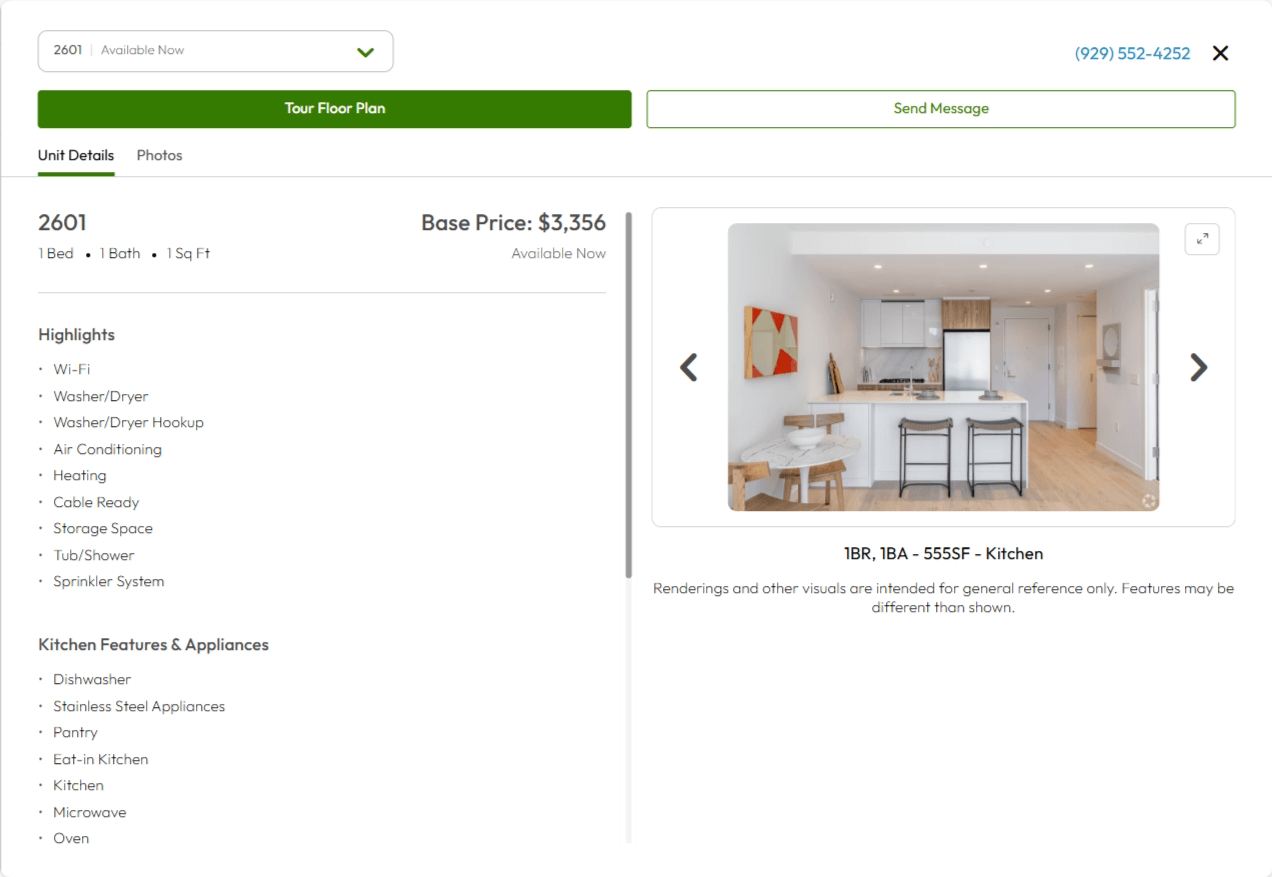
Apartments.com has revolutionized the rental search by allowing property managers to list specific units for rent with photos, Matterport 3D tours, and a price unique to the unit. In the states where Apartments.com is launching all-in pricing, this unit-level experience will also show the total monthly cost of rent plus nonoptional fees for each unit listed.
Estimate your payments with the Cost Calculator
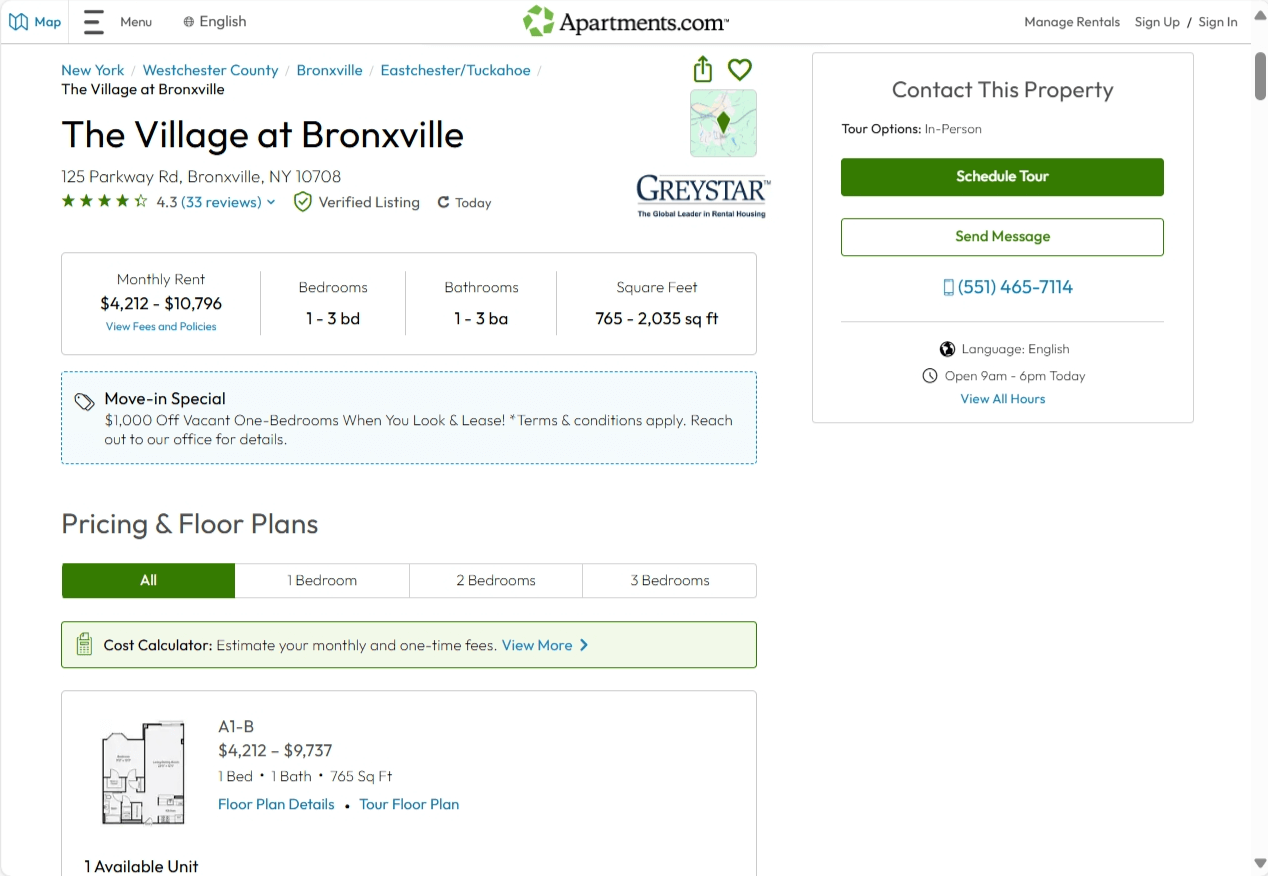
In addition to state-specific compliance and the unit-level shopping experience, property managers can opt into including the Cost Calculator in their listing.
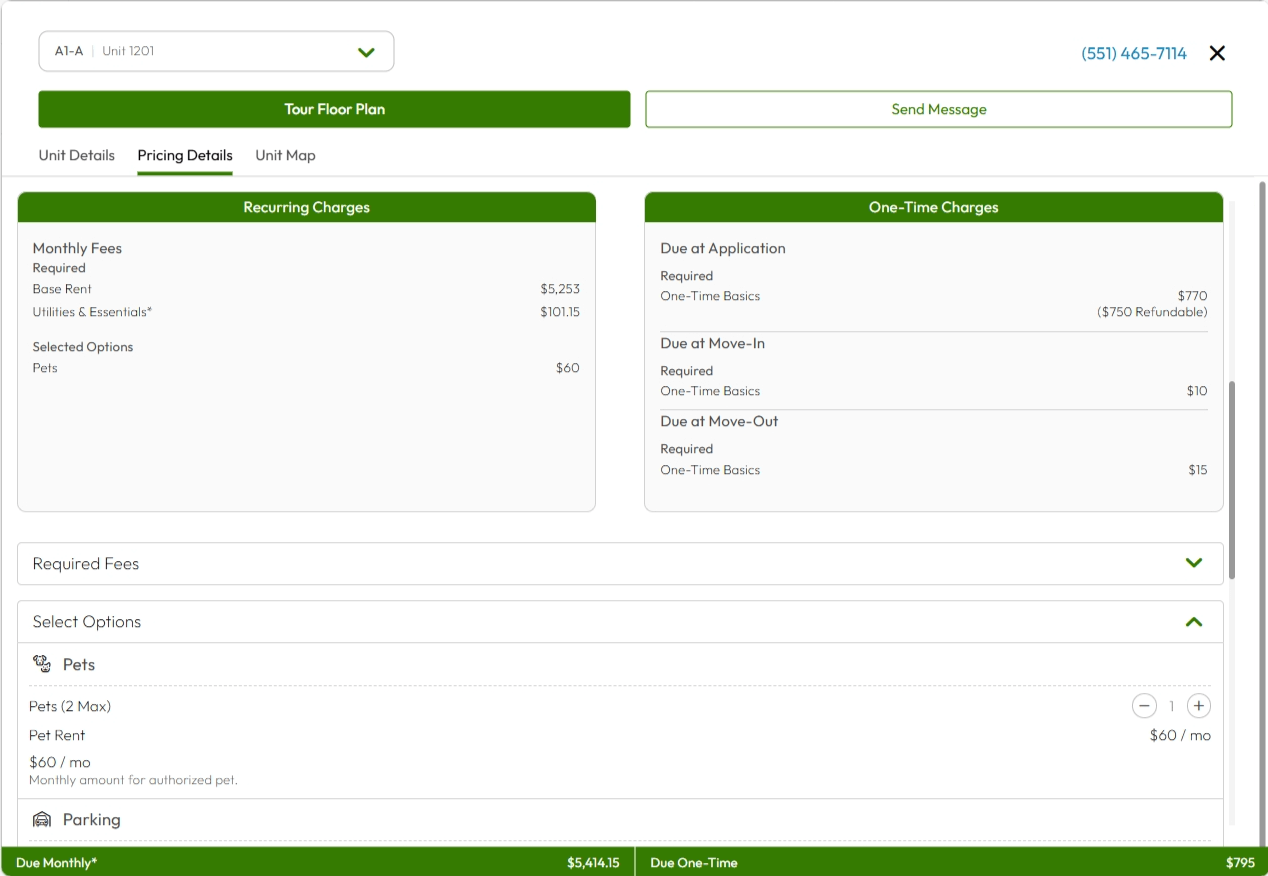
The Cost Calculator adds the base rent, required fees, and any optional add-ons like pets or covered parking to estimate the one-time and recurring charges for a rental. Because rent prices change every day, the Cost Calculator allows you to select a lease length and move-in date to get a clear idea of what you’ll pay.
At Apartments.com, we work hard to be the leaders in all-in pricing. Start the search for your next place with confidence knowing you’re seeing the most transparent prices in the business.
FAQs
Is all-in pricing legally binding?
Nothing is legally binding until you sign a lease agreement. However, landlords in some states are legally required to advertise the total cost of their rental over a specified lease length. If fees change, landlords in these states are responsible for updating the information in their listing to remain compliant.
Can I still negotiate the rent?
Yes, you can still negotiate rent even if the listing shows all-in pricing. An all-in pricing structure makes it easier to stick to a budget, but renters are still free to negotiate with landlords before signing a lease.




